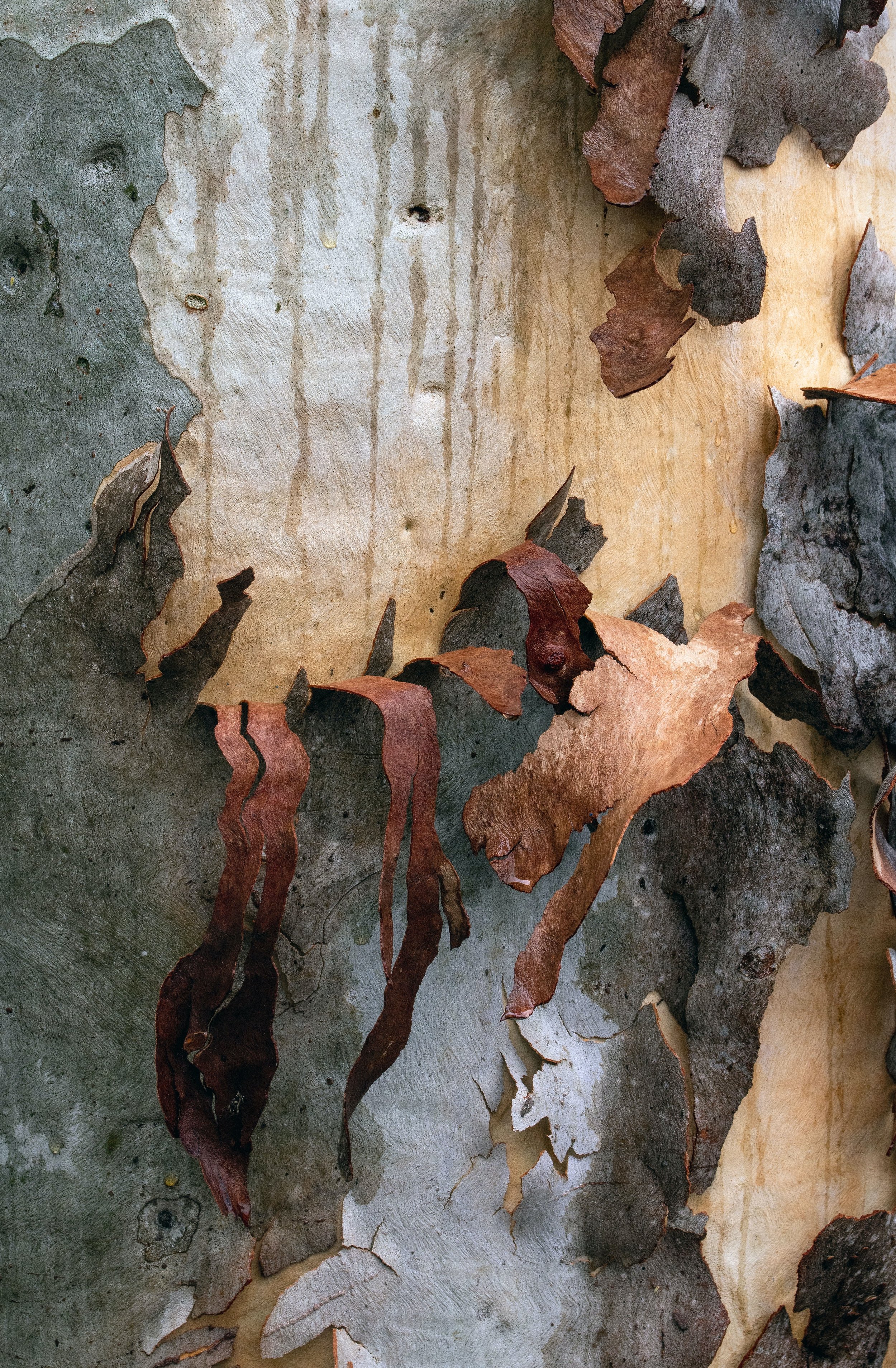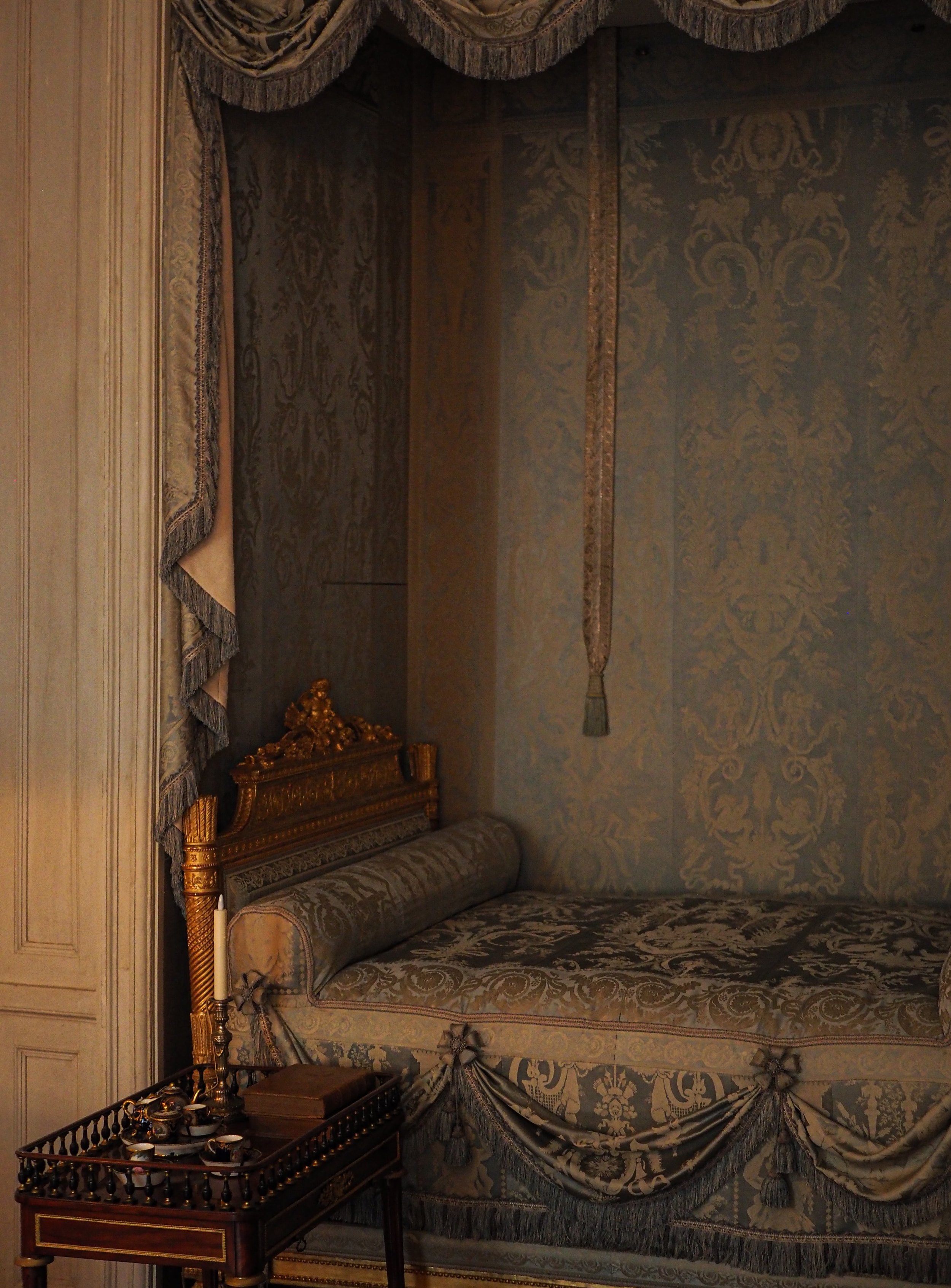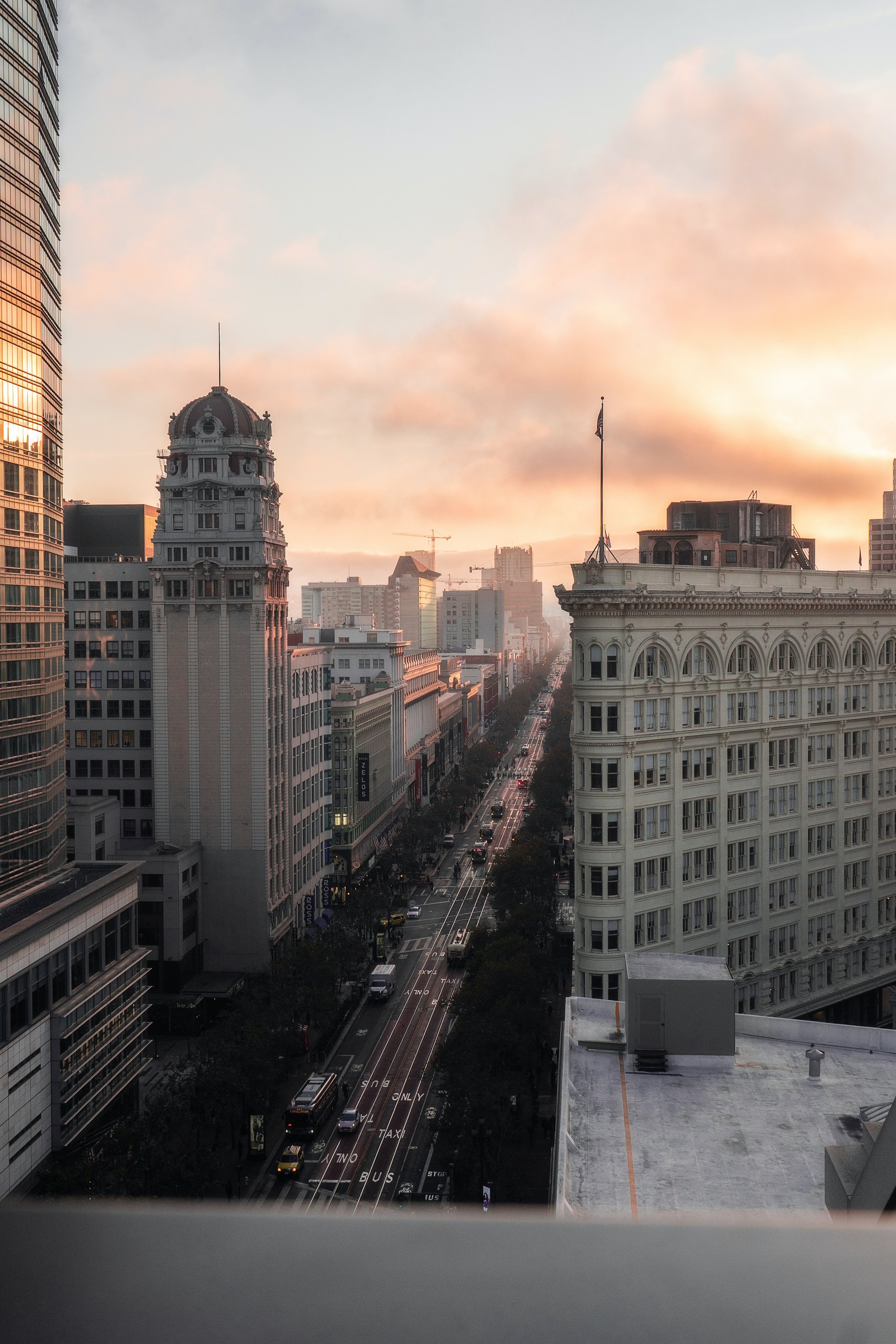Being Obedient to Time

Being Obedient to Time
Rachel Marie Kang
Rachel Marie Kang on the Patience & Pauses of Creativity
Myonghi Kang, a South Korean artist, spent three decades working on a single painting. There, in the photo featured on a CNN segment where she shares her story, Kang stands poised as ever: her hands are unclenched and a look of contentment rests upon her face. Wispy strands of silver hair pose in delicate layers, and she is surrounded by two wall-sized canvases, all speckled in earth-tone shades of green, mauve, and brown.
"I would not dare say that I paint time,” she recalls in a phone interview. “That would be very arrogant—but time is in what I paint. I let myself be the hands of time. I obey time, but do not try to manipulate it,” she says.
Her words strike me with their poignance, but also offer a salve to my self-inflicted wound where I feel the constant ache of time slipping away. I am soothed by what she says; she has spoken into one of my deepest desires—to obey time rather than be overwhelmed by it.
A canvas hangs on the wall outside my kitchen. It is white and covered with thick strokes of a midnight blue that fade and altogether disappear. From one corner to another, the strokes reach upward in a sort of sea-like dance. And when I wash dishes, from where I stand in the kitchen, I can see this incomplete, half-done painting. A familiar pang prompts within me, “I haven’t finished my painting. I need to finish my painting.”
Myonghi Kang tells the story of her painting, “Le temps des camélias" ("The Time of Camellias"), and how she started it while living in Paris' 19th arrondissement. A brushstroke here, a bit of blending there, she’d return to this painting again and again over the course of ten years. She would approach her canvas, not merely with color but with questions.
"I would go back to the painting with all these questions in my mind, and memories from traveling," she recalls. She held to this practice of pondering while painting until she eventually abandoned her project, saying that it never did come to feel finished. Ten years later, in South Korea's Jeju Island, Kang returned to her painting with renewed inspiration. Surrounded by camellias, she incorporated her surroundings into the art, adding layers of new life to her painting. Having started “Le temps des camélias" twenty years ago, Kang spent another ten years working on and eventually completing it in 2018.
*
I think of my many personal projects, how I handle and manipulate them like spinning plates. I am breathless, running from one pole to another in an attempt to keep them all suspended and spinning. It is like a spectacle, a circus act. If I let one plate fall, I am a failure—in my work, in my art, in the ideas that tug at my heart.
As I write this, summer is turning its deep bend into August, that hazy month which is hot and humid but also hints at the repose of fall to come. Soon, leaves will leave trees and the days will grow shorter, darker, and colder. The earth will tilt on its axis and we will turn away from the heat of that glorious sun. And if we pay attention, really pay attention, we will notice in our own spirits a similar kind of seasonality. Along with the natural world, we, too, will turn inward. Our bodies will obey the shift in seasons, nature’s clock that ticks and tells time. We will fall subject to schedules that we cannot outwit or control. We will withdraw through the long winter, that sleepy season where the world grows sleepy and silent and still.
“I obey time,” says Kang. Her words resound in my chest. I want this for my life. I want this for my art, too. Is it not a universal craving, not a universal calling? That eternal ache within us nudging us towards noticing that we are in relation and in rhythm with something greater than ourselves. This is why we are in awe of the sun that rises and sets without fail. This is why winter, with its white-falling snow, enchants us. This is why the blooming camellias and roses speak to our souls in ways we will never understand.
We are captivated by a consistent, eternal clock, utterly dazzled by the simple truth that God is the one spinning our world in motion. He is the one who wills the winter and the one who sustains summer. He is the one who once spoke light into life and the one who determined the indispensability of darkness. Yes, even darkness.
Genesis 8:22 says, “As long as the earth endures, seedtime and harvest, cold and heat, summer and winter, day and night will never cease.” The seasonality of this world, as long as the earth endures, is his promise to us. It is his way of instilling stability and his way of endorsing eternal rhythms of rest. It is his way of calling us close to his heart and showing us the way that he moves—the slow, deep way that he works.
*
A few days ago, my friend, K.J. Ramsey, and I talked face-to-face through our phones. We sat there, telling each other about the seasons we find ourselves in—the lulls of life, the hiccups in health, and the time-consuming cultivation of our creativity. My eyes hold wells of water. K.J.’s presence is composed and calm. She tells me about a prayer by Pierre Teilhard de Chardin that’s been strengthening her soul as of late.
“Above all,” she reads, “trust in the slow work of God.” The water in my eyes forms in the shallow of my lashes. She continues.
“We are quite naturally impatient in everything to reach the end without delay.
We should like to skip the intermediate stages.
We are impatient of being on the way to something unknown, something new.
And yet it is the law of all progress
that it is made by passing through some stages of instability—
and that it may take a very long time.
And so I think it is with you;
your ideas mature gradually—let them grow,
let them shape themselves, without undue haste.
Don’t try to force them on,
as though you could be today what time
(that is to say, grace and circumstances acting on your own good will)
will make of you tomorrow.
Only God could say what this new spirit
gradually forming within you will be.
Give Our Lord the benefit of believing
that his hand is leading you,
and accept the anxiety of feeling yourself
in suspense and incomplete.”
I cry in front of K.J., with visions flashing across the hidden places of my mind. I think of the house I want to build that is only a dream. I think of the songs I’ve written that are still not yet done. I think of the fictional character I am creating and how I carve out early mornings to seep out her story—but how there is never enough time because, in my mind, this story has to be alive and in the hands of readers right now.
I think and live as if I could eclipse time and make anything today what it can only be tomorrow. I consider the fear that engulfs me at the thought of willingly walking away from an unfinished work, and yet the beautiful faith that would require. I think of how out-of-control it might feel to be free from the pressure of figuring a thing out—a plot, a painting, a business venture in photography—and yet, unencumbered. I think of the risk, but also the rapture, of willingly suspending your art over a sea of unknown endings.
But what if seasonal winters in our art provide a pathway for the cultivation of creativity? What if art delayed by decades does not raise questions of competence? What if the only consequential concern is of our own becoming?
Perhaps the pause in your painting, the waiting in your writing, or the detour in your dancing, is an invitation to cultivate questions and curiosities, all of which are for you, all of which will deeply form not merely your art but your very being.
There is no rule that you must rush, there is no race of accomplishment to run. There is only coming to trust in the God who holds the temporality of our lives in his hands. There is coming to surrender to the seasonal nature of our world, our lives, our art. There is only finding ourselves in suspension, a waiting that looks less like waning and more like wondering. A pause that looks less like postponing and more like pondering the nature of our world and work—the nature of the work being done within us.
I see my painting on the wall outside my kitchen. It is incomplete and lacking, but it tells me something more than that. It communicates that I, too, am unfinished and wanting. A swirling stroke of color on a canvas, fragmentary and on the way to being something not quite realized.
At least, not yet.
Rachel Marie Kang
Author & Artist
Rachel Marie Kang is a New York native, born and raised just outside New York City. She is founder of The Fallow House and author of Let There Be Art: The Pleasure and Purpose of Unleashing the Creativity within You. She lives and writes in North Carolina with her husband and two children. Connect with her at rachelmariekang.com and on Instagram at @rachelmariekang.
Photography by Vitor Monthay




